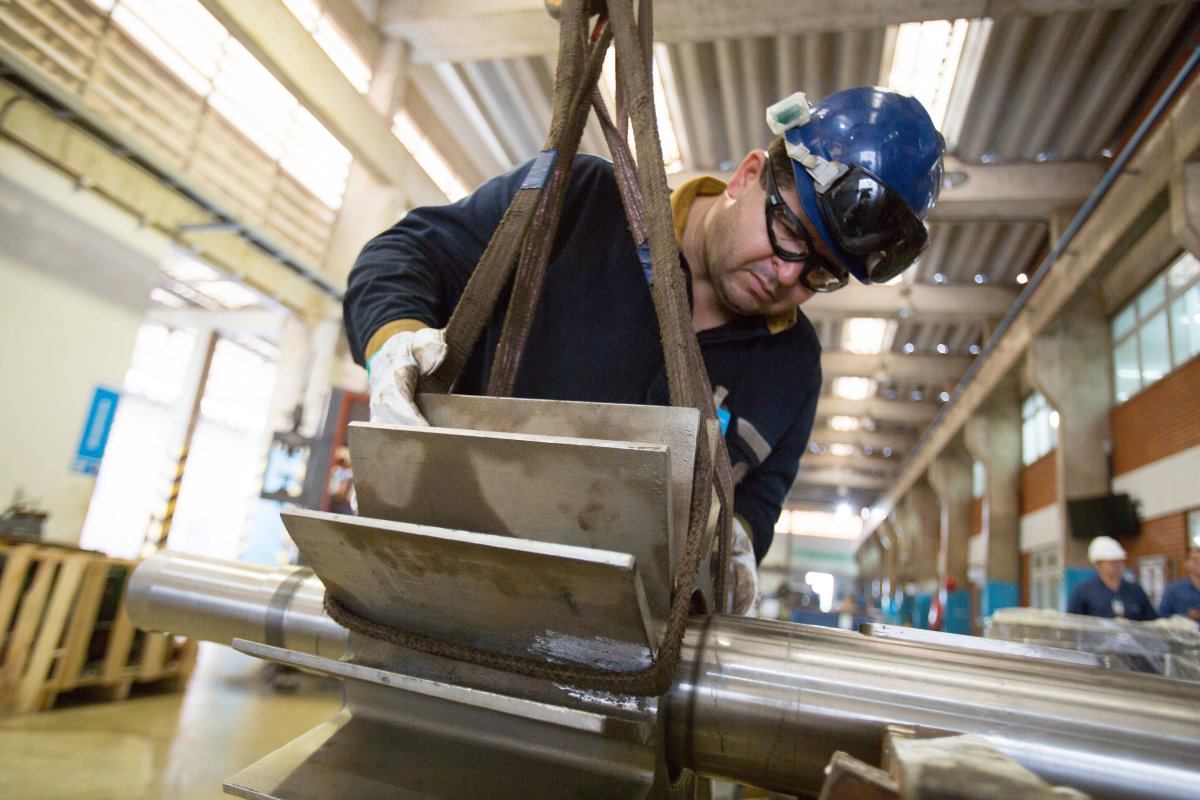
As the global marketplace expands, operating at peak efficiency has become increasingly important. If your competition is manufacturing their products while your personnel are navigating an unanticipated outage, you’re not only losing money, but possibly providing competitors a way to get a foot in the door with your loyal customers. To avoid that risk, many organizations are looking to shore up their maintenance practices to shift from a reactive maintenance strategy to a predictive one.
However, as Emerson’s Drew Mackley shares in a recent interview in Automation World, these same organizations typically also need to carefully watch their bottom line. Maintenance software is an investment, and it pays to ensure that the company sees as much value as possible, as quickly as possible from any software it implements.
Building a business case
Maintenance software provides reliability teams more options to manage risk. If they can see—very early—which assets are in need of maintenance, and receive actionable information about how to intervene, they can eliminate problems quickly, well before they evolve into failures. Predictive maintenance empowers teams to perform repairs on their own schedule, making it easier to prepare the right parts and personnel, and to perform key tasks without rushing. It also helps eliminate the high costs of shutting the plant down off schedule. Drew explains,
“At the end of the day, it’s about avoiding unplanned outages. It’s about doing the right work at the right time with the right resources and people. It’s about planning your maintenance work and being in control of your assets rather than your assets being in control over you.”
Planning is key
So how do reliability teams effectively implement maintenance software? In some ways, it’s easier to start with how they should not perform implementation. If teams across the plant or enterprise simply install solutions without a top-down plan, they often find that they unintentionally build silos of data into their maintenance infrastructure. Suddenly, different teams are using different systems, all with different data formats, connectivity requirements, and interfaces. Trying to bring all those systems together to build, monitor, and maintain key performance indicators (KPI) is time consuming, costly, and complex.
“If each site gets its own solution for their own assets, you have a smorgasbord of maintenance solutions that don’t work well together and you end up with disparate, siloed sources of information. Without direction from management at a corporate level, those involved in maintenance will move to something else in a few short years.”
A better solution is to follow a boundless automation vision for seamless integration of software solutions. By selecting software packages that are designed from the ground up to integrate out of the box, teams spend less time configuring and connecting, and more time performing the analysis and maintenance necessary to help them hit their KPIs.
Teams using seamlessly integrated software solutions can bring all of their data together into one place, so they can better identify, isolate, and repair problems across the plant or even the enterprise. For example, Emerson’s AMS Optics brings data from a wide variety of seamlessly integrated maintenance solutions—AMS Device Manager, AMS Machine Works, AMS Wireless Vibration Monitor, AMS Asset Monitor, and more—and makes it easy for users to track and trend data and even perform advanced analytics, all from one intuitive interface. It helps teams be more productive and more efficient in all their maintenance tasks.
“It’s part of covering all the assets and giving stakeholders across the enterprise a single pane of glass view. If the systems aren’t connected, it’s hard to coordinate all of that.”
Drew shares additional insights in the full interview over at Automation World. Head over there to learn more about some of the challenges manufacturers face when implementing maintenance software, and some additional ways software can help plants optimize their processes and reduce downtime.
